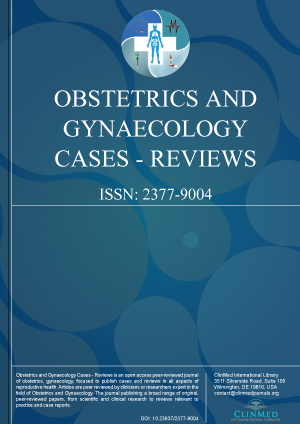Archive
Open Access DOI:10.23937/2377-9004/1410256
Post-Partum Amniotic Fluid Embolism with Cardiac Arrest: A Multidisciplinary Success
Camille LAFRANCE, MD and Joalee PAQUETTE, MD, FRCSC
Article Type: Case Report | First Published: 2024/04/13
Article Formats
- Full Article
- XML
- EPub Reader
Open Access DOI:10.23937/2377-9004/1410255
Dicavitary Di-Di Twin in Uterine Didelphys: A Case Report
Madeline Wheatley, MD, Greta Fritz, MD, Amma Owusu-Aykaw, MD and Ashley Dowgiert, MD
Article Type: Case Report | First Published: 2024/02/29
Article Formats
- Full Article
- XML
- EPub Reader
Open Access DOI:10.23937/2377-9004/1410254
Uterine Rupture: A Distressing Catalyst for Severe Postpartum Hemorrhage
Chirag Sharma and Hina Patel
Article Type: Case Report | First Published: 2024/02/29
Article Formats
- Full Article
- XML
- EPub Reader
Open Access DOI:10.23937/2377-9004/1410253
E Samuels, M Das and P Hooper
Article Type: Case Report | First Published: 2024/02/08
Article Formats
- Full Article
- XML
- EPub Reader
Open Access DOI:10.23937/2377-9004/1410252
Haezel Ann Shibu, MBBS and Anju Mary Varughese, MBBS, MS, DGO, MRCOG, FMAS
Article Type: Case Report | First Published: 2024/01/25
Article Formats
- Full Article
- XML
- EPub Reader

Volume 11
Issue 1
Issue 1
